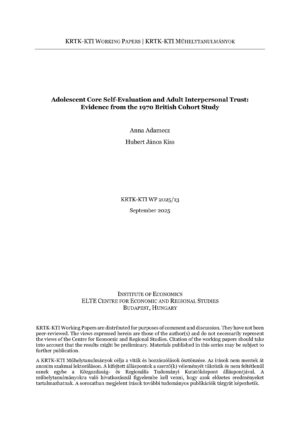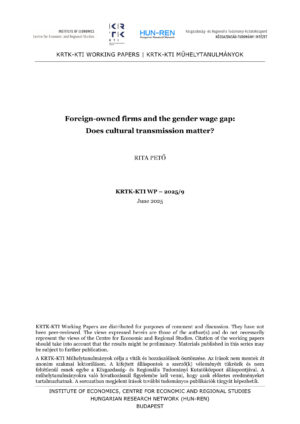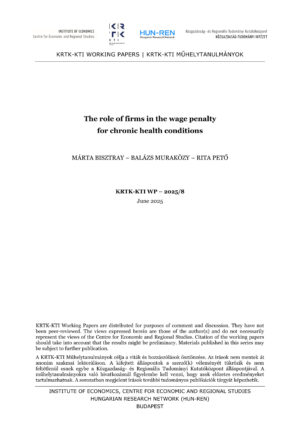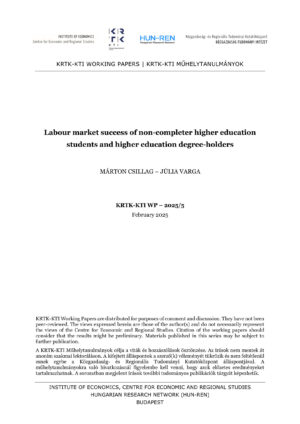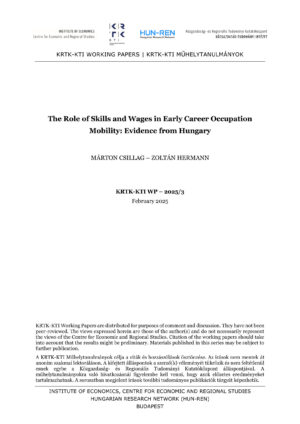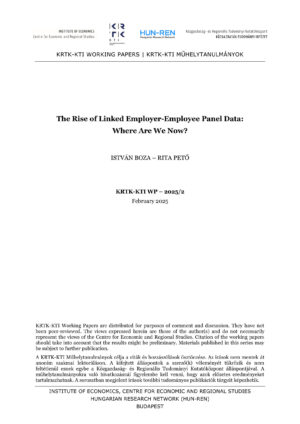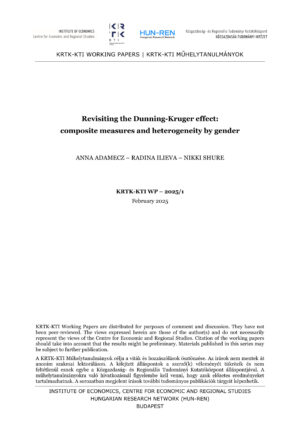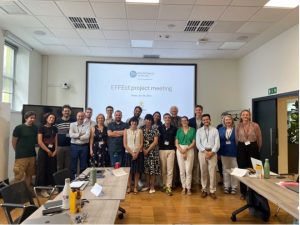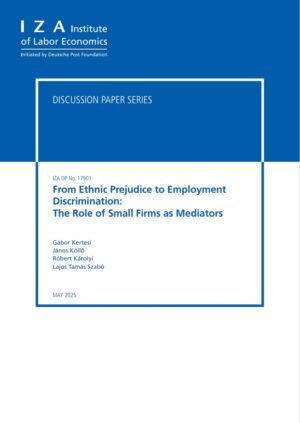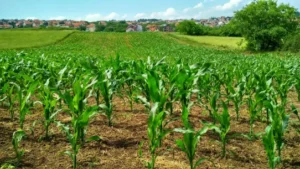We investigate how a large-scale outflow of workers affect the reaming workforce. We use Hungarian administrative social security data on the opening of the Austrian labor market to Hungarian workers as a natural experiment. We find that the opening of the Austrian border increased wages by 1 percent and decreased employment by 5 percent in the close neighborhood of the Hungarian side of the border. We also show that the outflow of workers slightly decreased the quality of the remaining workforce in Hungary. Furthermore, we show that Austrian labor demand shocks have a positive impact on Hungarian wages as the increase of vacancies in Austria increases the wages on the Hungarian side of the border.



